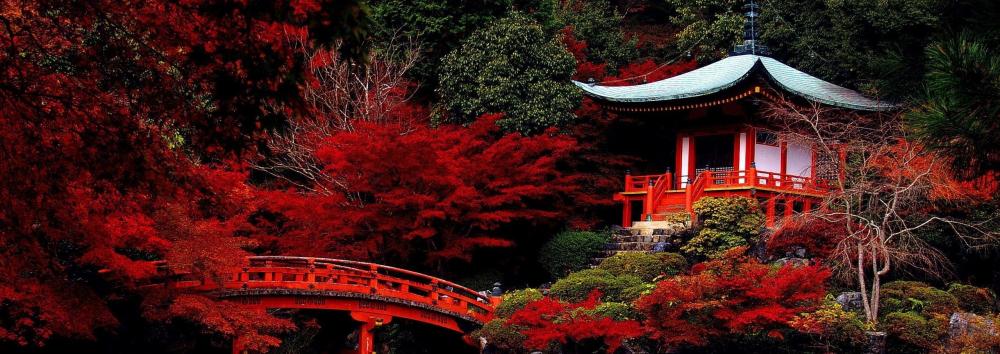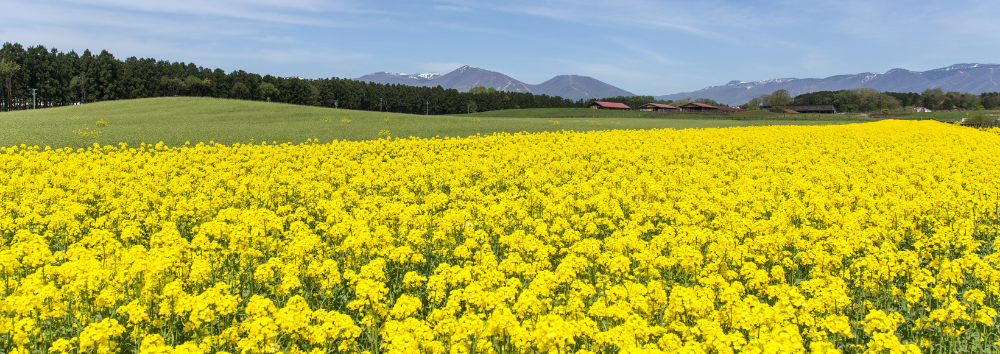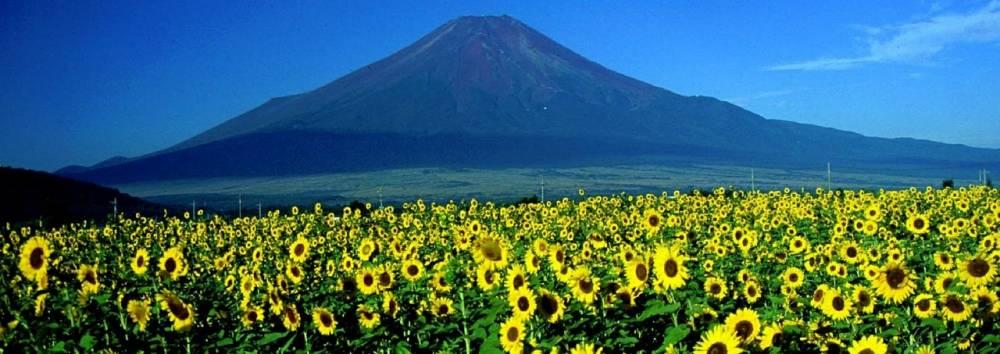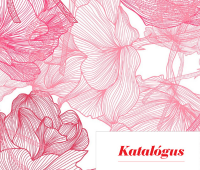Living Flame – Reflexions of the Japanese Spirit in the Art of Julia Nema, Ceramic Artist
Living Flame
Reflexions of the Japanese Spirit in the Art of Julia Nema, Ceramic Artist
Julia Nema is a ceramic artist, designer and painter based in Budapest, Hungary, honoured with prestigious national prizes like the Hungarian Design Award (2003) and the Ferenczy Noémi Award (2013). She is the founder of Julia Nema Studio, a leading ceramic workshop in the country and region, the first and only private ceramic studio in Hungary using a high-temperature, wood-fired kiln to create porcelain and stoneware objects on a regular and professional level, including tableware, architectural and fine art works. As a pioneer of bespoke tableware design, Julia received commissions from many exclusive restaurants. She featured in international publications on ceramics, including The Kiln Book by Frederick L. Olsen (2011). Julia Nema is the author of a monograph about wood-fired ceramics, a ground-breaking publication on the subject in Hungarian (Fired up High: Approaches to Wood-fired Ceramics, Scolar, Budapest, 2013). Her sculptural works, reliefs, everyday objects and paintings have been widely exhibited from America through Europe and Japan. She is a regular participant in conferences and symposia worldwide, and has published in international periodicals. Julia Nema earned her doctorate degree (PhD) in 2012, and has over a decade’s teaching experience in higher education at various universities in Hungary.
In this video Julia Nema is talking about her connection to Japanese spirit and culture in a very personal way. Upon her first visit to Japan in 2005, she didn’t expect it to become a profound experience which would fundamentally impact her way of thinking about art and ceramic craft. As a participant in the Goshogawara International Wood Fire Festival in Tsugaru Kanayama Yaki pottery, she created a new body of work from Japanese clays and fired them in various different kilns. These experiments and experiences led her toward new ways she felt she had been missing before. The artist’s active involvement in the entire process, the immediacy of the elements, and the power of material transformations revitalized Julia’s artistic thinking and gave her new energies. The unglazed ware became a medium rich in marks and traces, a body that records its own birth from the play of flames.
During her stay in Japan she was not only introduced to wood-firing but saw other art forms and met Japanese culture, gastronomy, and tea. Even though her cultural background and aesthetics seemed very far from it, she sensed deep attraction and connections, she felt it very much of her. Julia discovered an analogy between photogram (an elementary form of photography) and high temperature wood-fired ceramics. Returning home she dedicated her doctorate studies to elaborate on this line of thinking.
In the following years she learned wood-firing from Frederick L. Olsen while working on her doctorate thesis at Olsen’s studio, gained experience in firing and building kilns worldwide, then built her own.
While teaching at a university, she decided to write a book about her journey to pass it on and inspire others.
 Japán Alapítvány Budapesti Iroda
Japán Alapítvány Budapesti Iroda









